Hot Spot
Summer Dressed in Green
Sogeumgang
-gyegok Valley
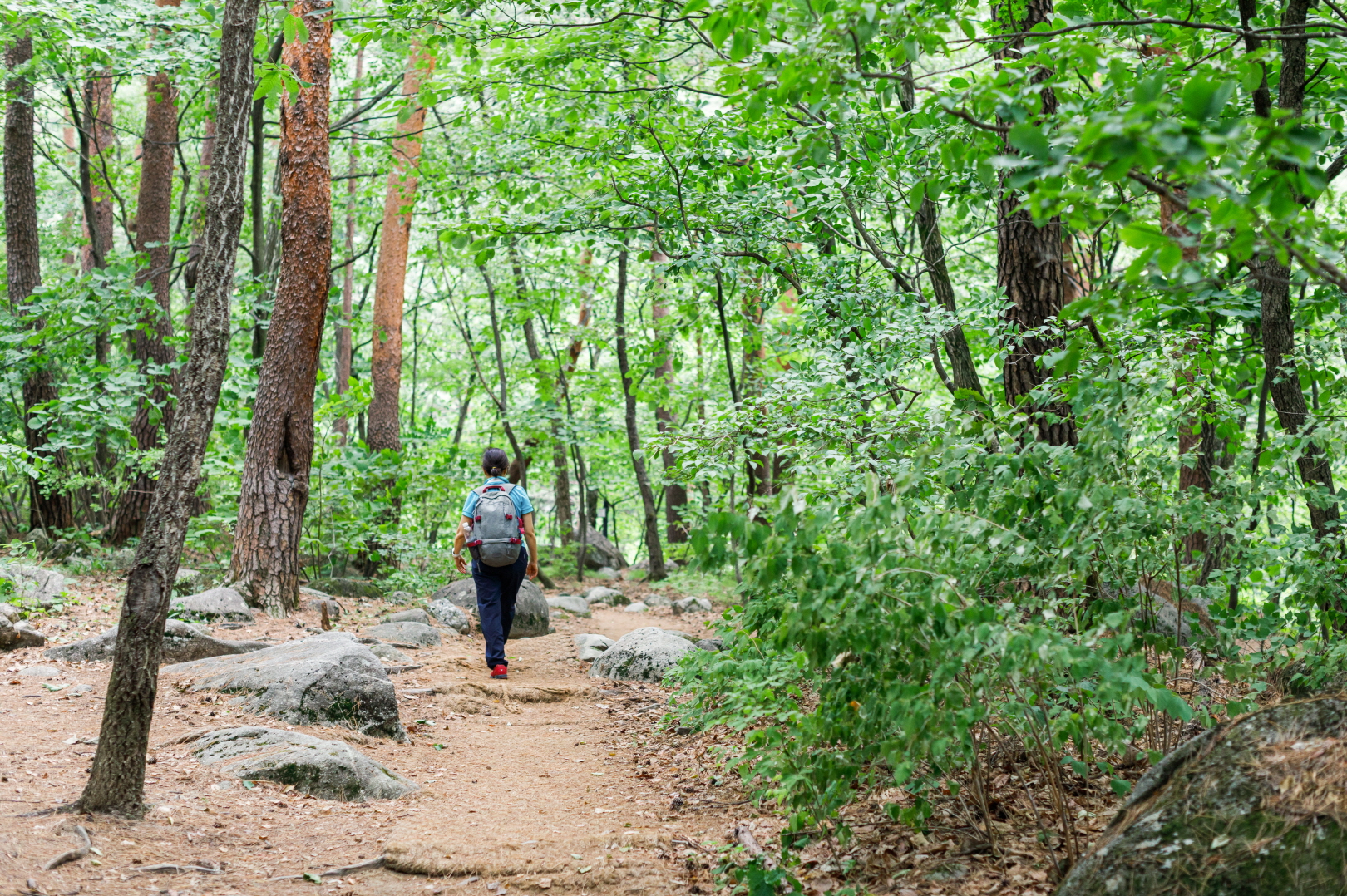
- Usually, when we think of summer vacation spots, we first think of the “sea.” If you want to feel the atmosphere of summer in a more secluded place rather than a crowded beach, we recommend valleys with green forests and cool waterfalls. Among Gangneung’s various valleys, “Sogeumgang-gyegok Valley” offers trekking courses where you can enjoy beautiful scenery along with light hiking.
- Sogeumgang is a 13 km–long valley forming part of Odaesan National Park, a scenic spot featuring beautiful landscapes such as dense forests, magnificent rocky cliffs, and vigorously flowing waterfalls. It's said that Yi I (pen name: Yulgok), a notable figure associated with Gangneung and a prominent Confucian scholar of the Joseon Dynasty, toured this place and was so impressed by its outstanding natural scenery that he named it “Sogeumgang,” meaning “Little Geumgangsan Mountain,” as a miniature version of Geumgangsan Mountain.
-
Let’s retrace Yulgok’s footsteps from long ago as we explore Sogeumgang-gyegok Valley. While there are several courses in the area, the one from Sogeumgang Visitor Center to Guryongpokpo Falls is the most well-known. The hiking difficulty is not high, so even beginner hikers can easily complete it.
(Distance: 6 km round trip, Duration: 3 hours) - Entering the Sogeumgang Visitor Center, you’ll find the trail entrance with a stone monument engraved with “Sogeumgang” The moment you step inside, a forest trail filled with green unfolds as if you’ve entered another dimension.
- As you walk while enjoying the mountain breeze rustling tree branches, valley water flowing between rocks, and the chirping of unknown birds, you’ll encounter “Mureunggyepok Falls,” the first attraction of Sogeumgang-gyegok Valley. This scenic spot is said to resemble the imaginary paradise Mureungdowon, sung by the Chinese poet Tao Yuanming. Like its name suggests, it feels mysterious, as if immortals might have been frolicking here.
- If you walk 20–30 minutes further from Mureunggyepok Falls, you’ll reach “Sipjaso Pool,” which developed as the waterfalls in Sogeumgang-gyegok Valley gradually eroded and receded. Looking at the deep pool shaped like the Chinese character for ten (十), you’ll be amazed by the spectacular scenery created over countless years.
- The next attraction you’ll encounter after passing Sipjaso Pool is Yeonhwadam Pool, named for the way the falling water below the waterfall resembles a lotus bud. When sunlight hits the surface, the shimmering reflections on the bottom resemble delicate flower petals.
- With about 1 km left to Guryongpokpo Falls, when your legs begin to tire, you’ll encounter the thousand-year-old “Geumgangsa Temple,” harmonizing with the scenery of Sogeumgang-gyegok Valley. Founded by Monk Jeonggak in 1964, this temple provides leisure for meditation and reflection in nature’s embrace.
- Not far from Geumgangsa Temple stands “Sikdangam Rock,” a representative attraction of Sogeumgang. Legend has it that Crown Prince Maui, the last prince of Silla, and his soldiers once took their meals here during the Goryeo Period. Another legend says it was where Yulgok enjoyed meals. Today, many hikers rest at Sikdangam Rock and enjoy snacks or packed lunches.
- Gathering your strength again, you can head toward Guryongpokpo Falls, the final stop on this course. The valley’s natural breeze, as cool as air-conditioning, dries the sweat from your forehead. This might be the true charm of summer hiking. As you climb the steep stairs breathlessly, the roar of the waterfalls echoing through the valley reaches your ears first. Indeed, it lives up to Yulgok’s description of “the sound of thunder shaking the valley.”
- Guryongpokpo Falls is a multitiered waterfall with nine large and small connected waterfalls. Legend has it that the nine dragons from Guryongso Pool each claimed one waterfall. Lush, green trees lining the rocks alongside the rushing water add to the refreshing atmosphere. Just looking at it makes the summer heat disappear entirely. What would Sogeumgang look like in the next season? If you’re curious about its scenery when autumn foliage descends, it may be worth planning an autumn hike.
-
- Sogeumgang
-gyegok Valley - Address : 75 Samsan-ri, Yeongok-myeon, Gangneung-si
- Inquiries : Sogeumgang Branch Office, Odaesan National Park Office, +82-33-661-4161
- Transportation : Take City Bus No. 300 from Gangneung Station and transfer to Bus No. 921 at Yeongok-myeon Office
- Sogeumgang
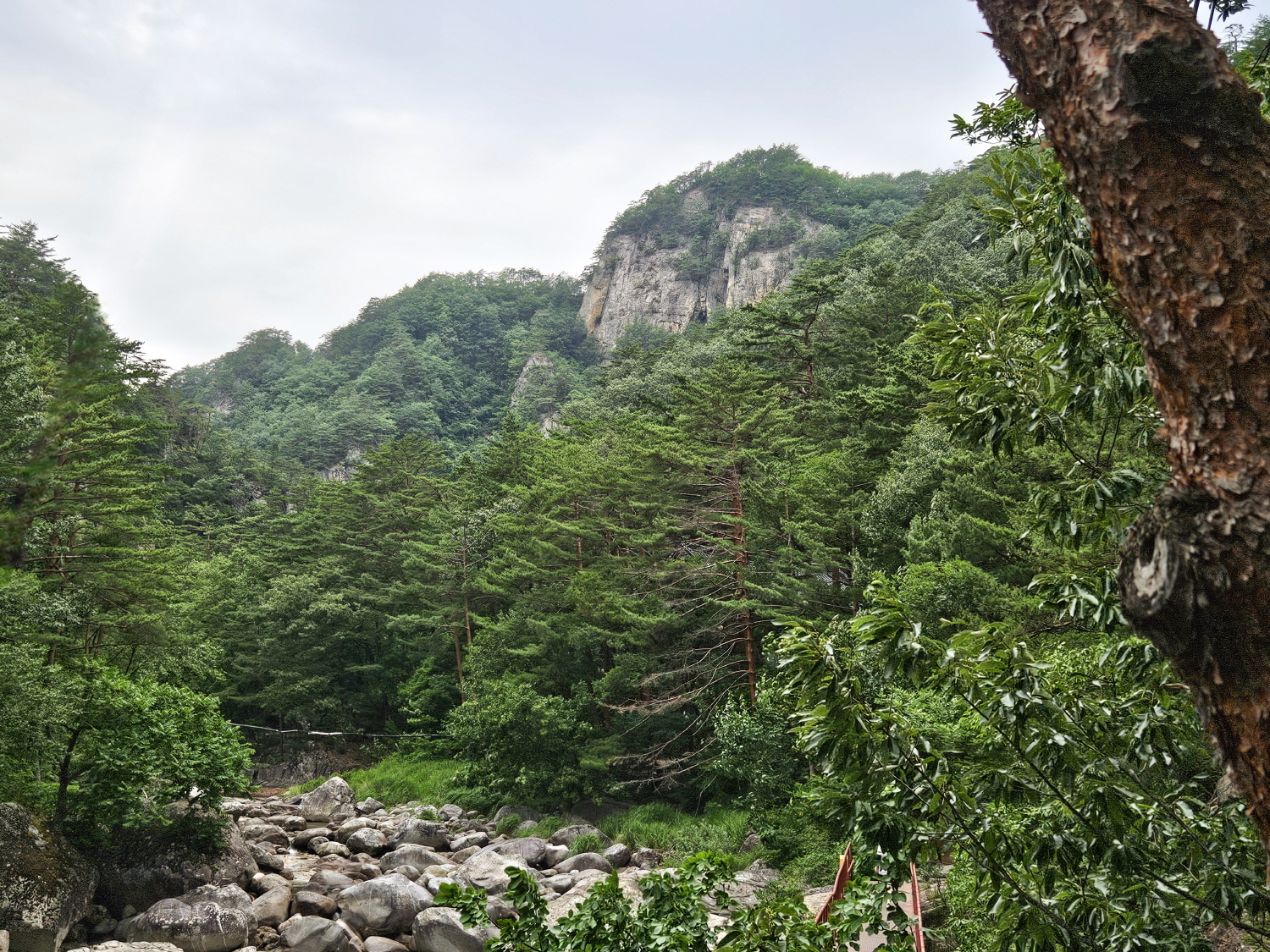


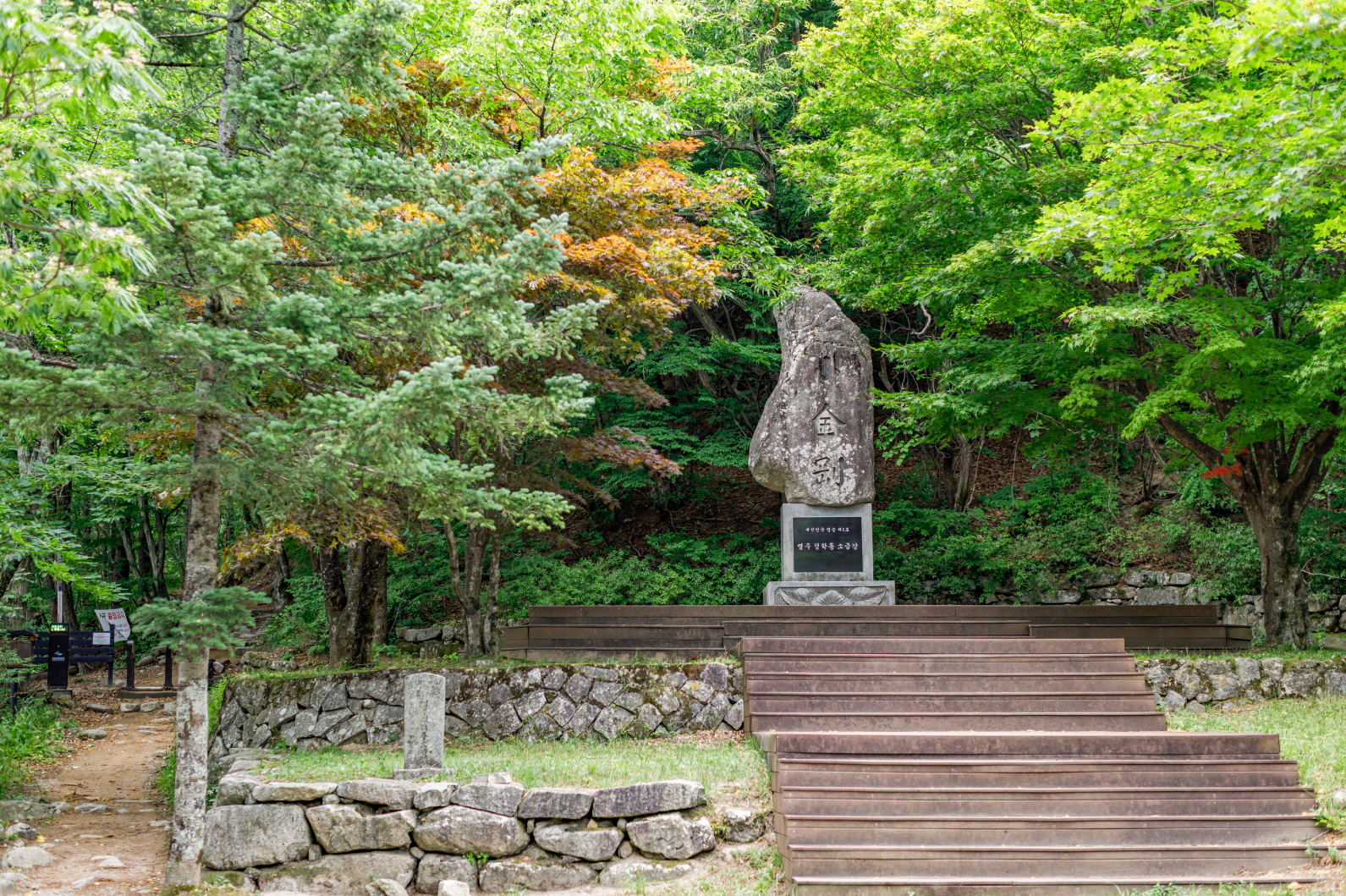

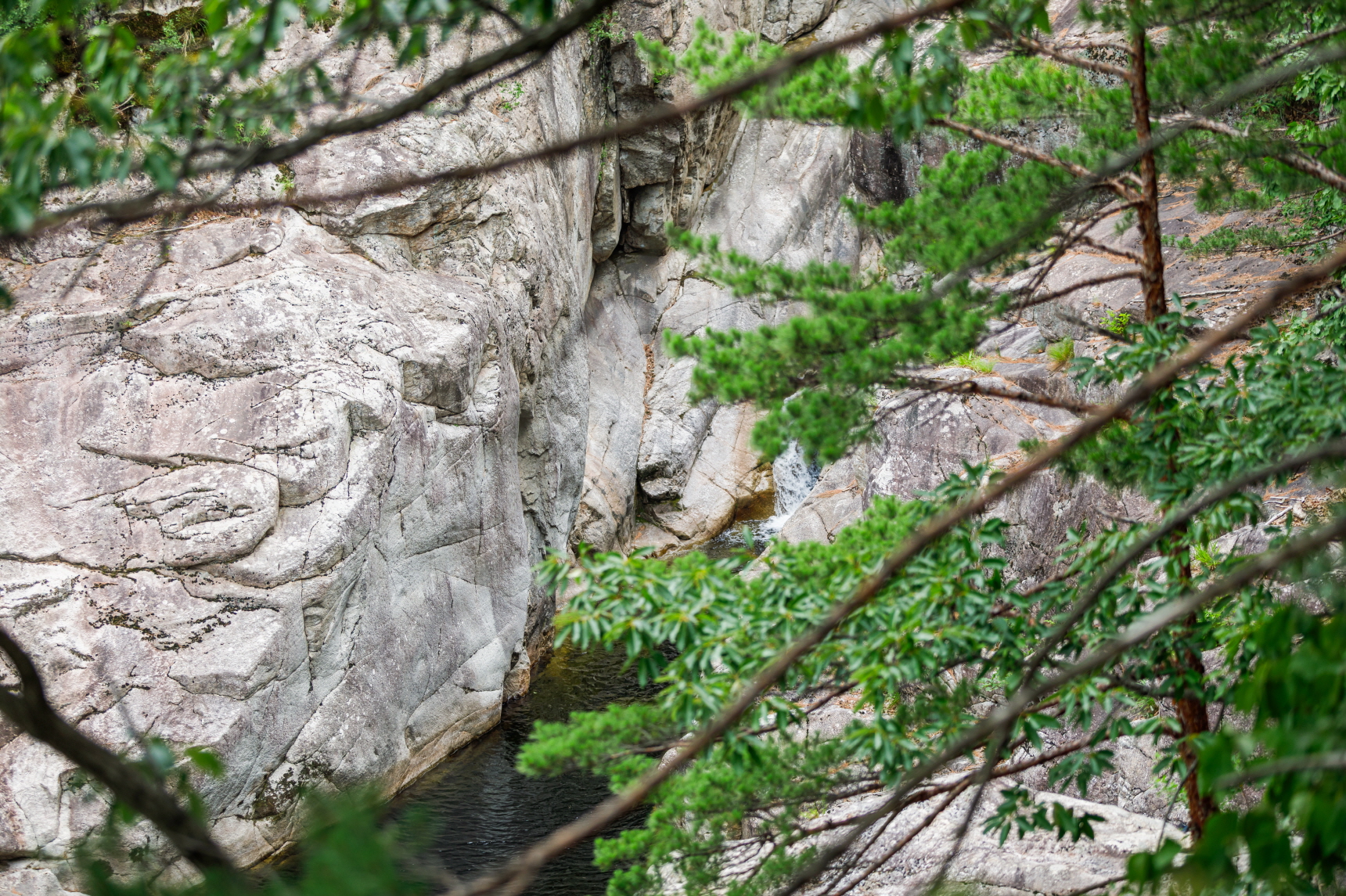
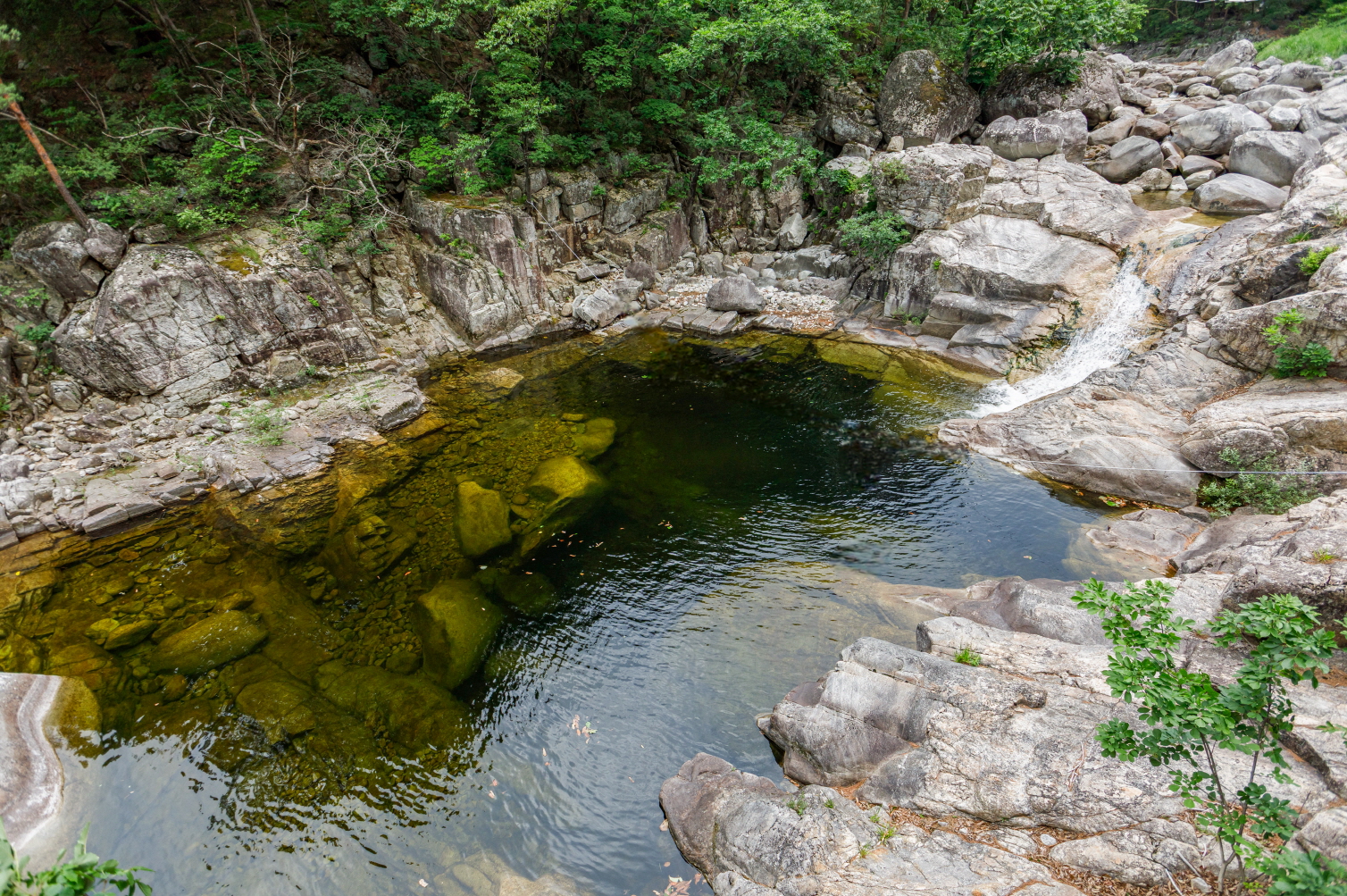
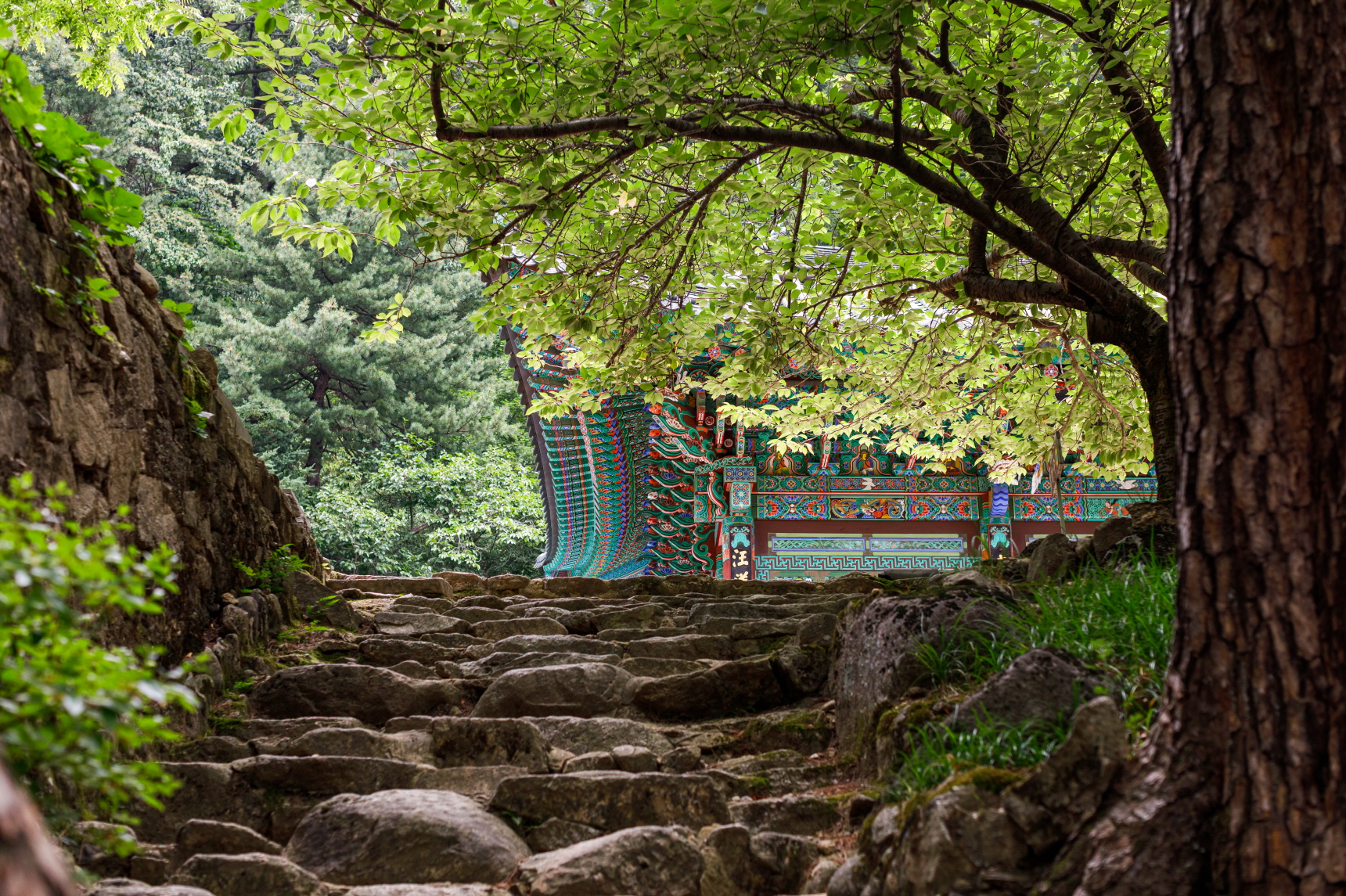
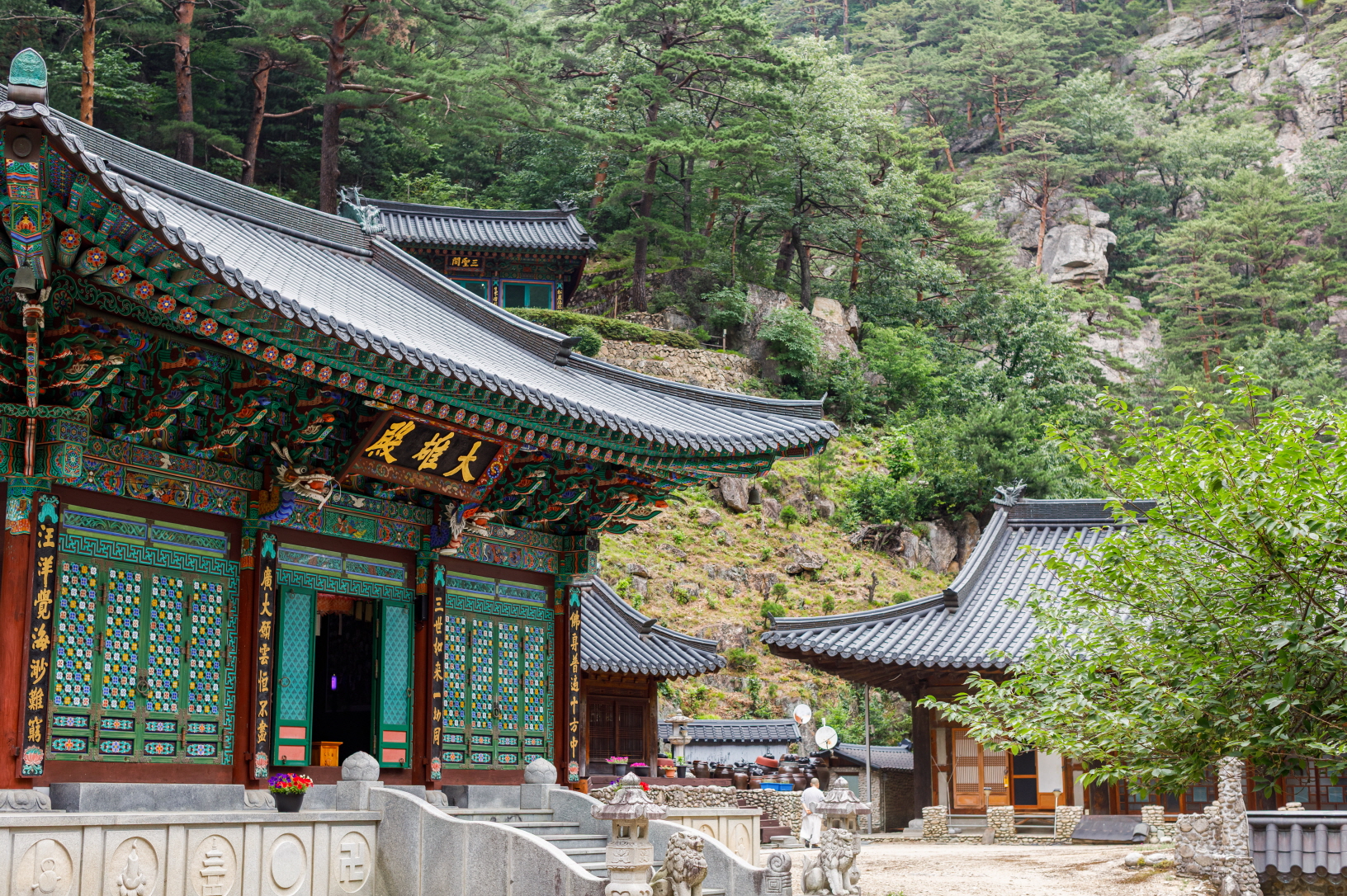
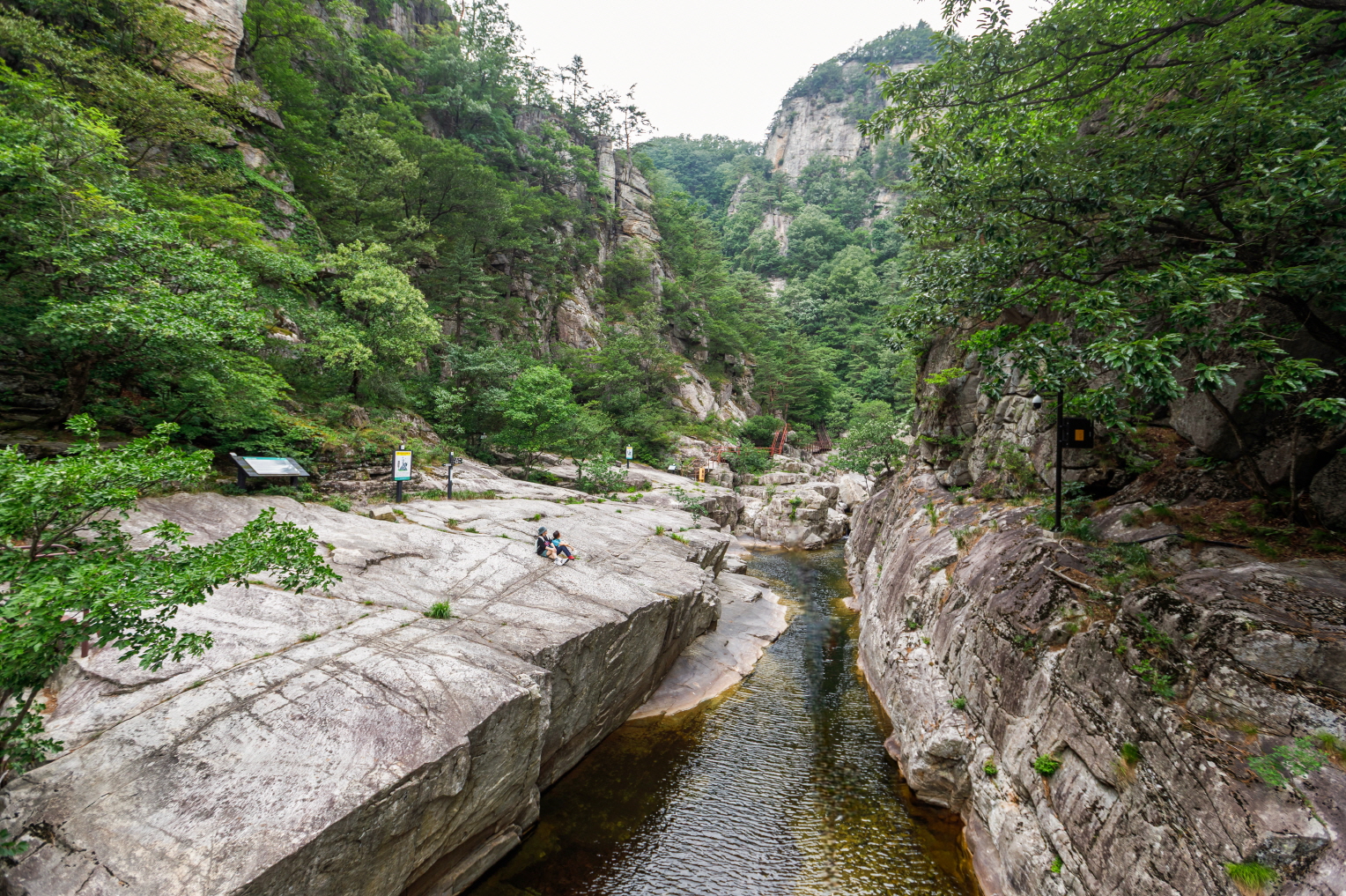
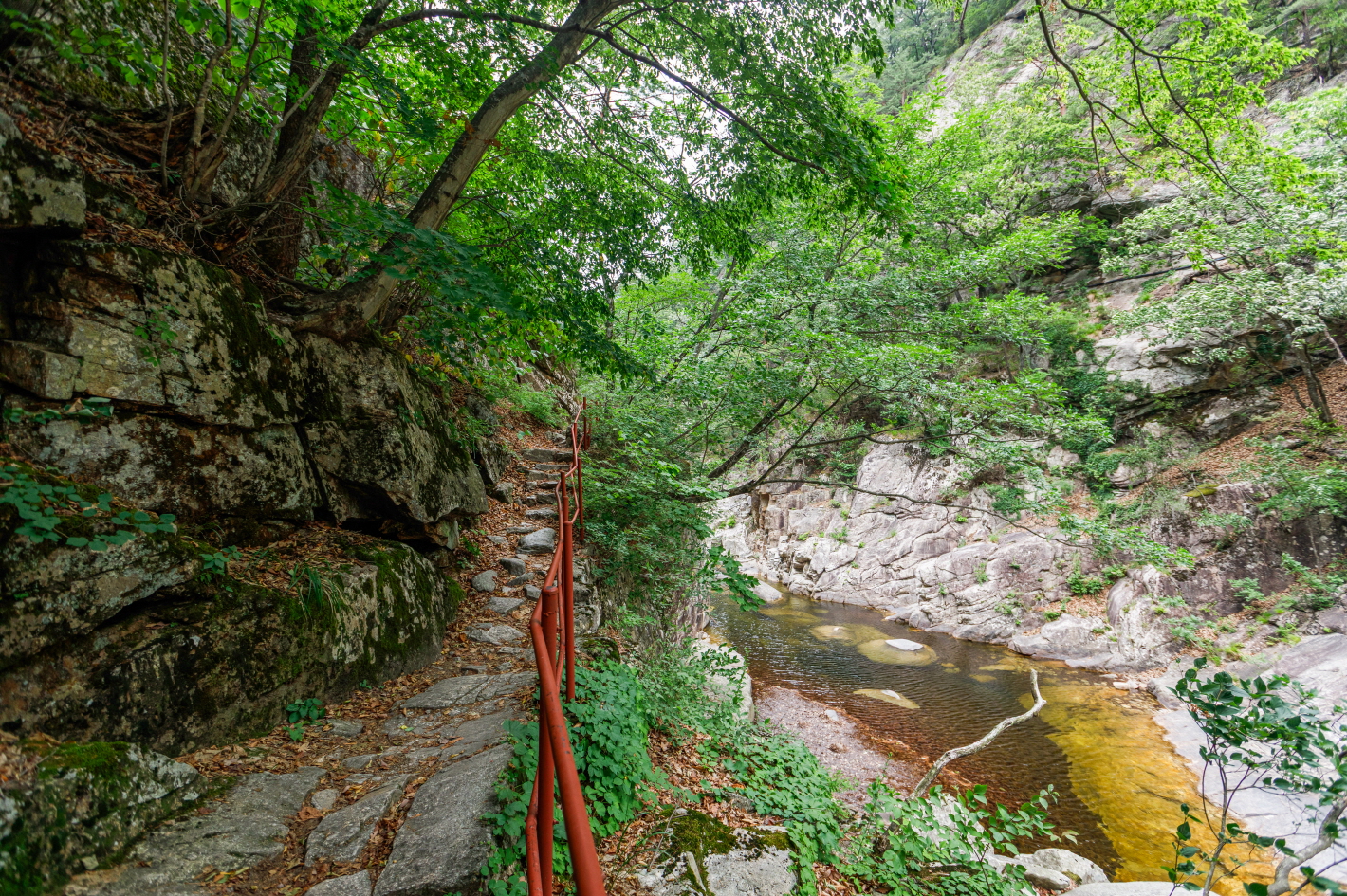

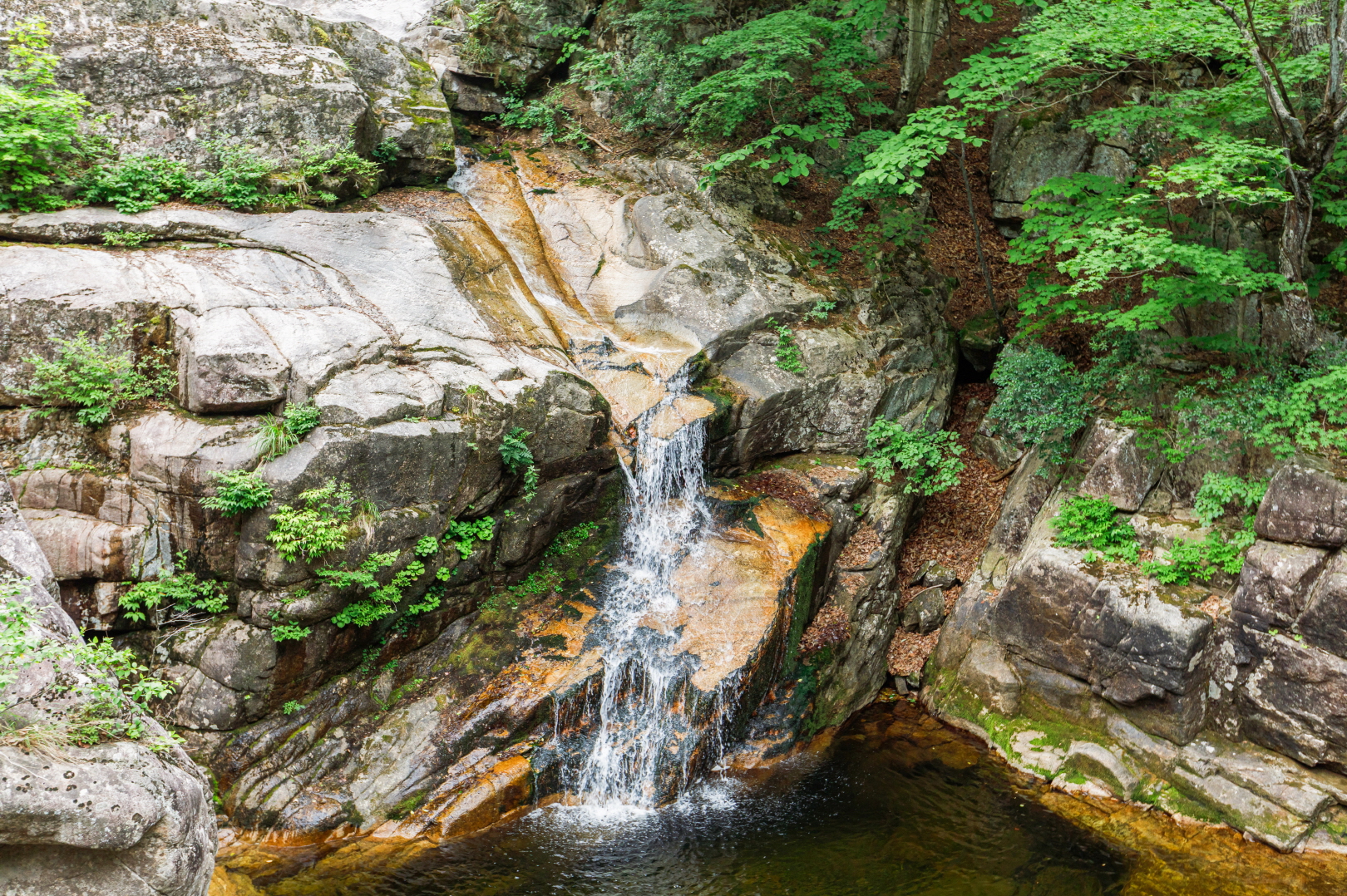
Sogeumgang
-gyegok Valley
75 Samsan-ri, Yeongok-myeon, Gangneung-si